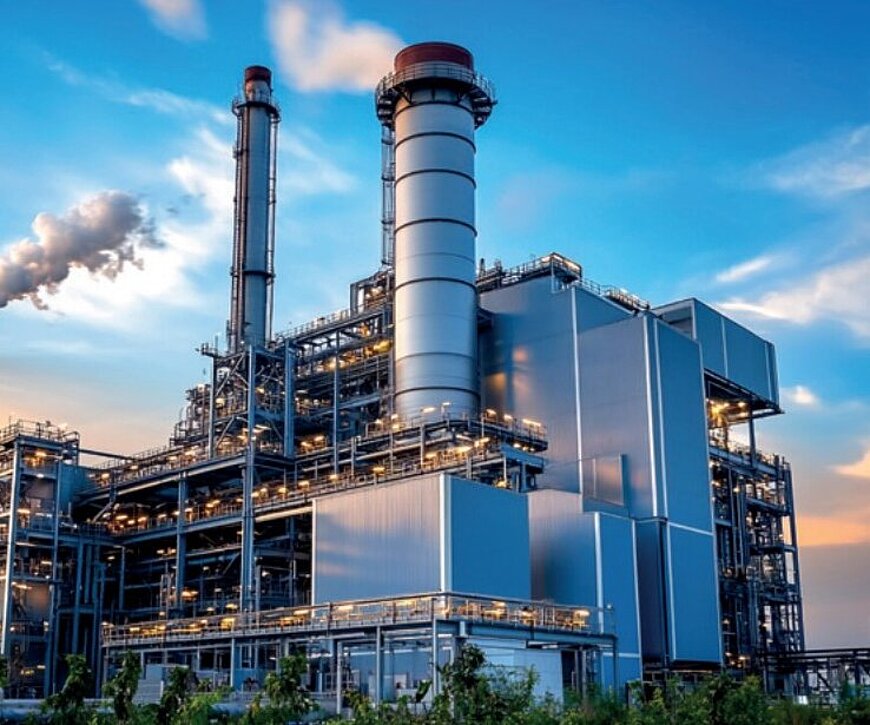Storage Coalition: Energy Storage Accelerates the Netherlands

The energy supply in the Netherlands is reaching its limits. The rapid growth of wind and solar farms, housing developments, and businesses is accelerating the need to modernise our electricity grid. More than 14,000 projects are currently waiting for a connection, new residential areas increasingly cannot be connected, and energy costs for households and businesses have risen sharply. These grid issues cost us around €40 billion annually. As a society, we are failing to collectively benefit from the advantages of affordable renewable energy.
A new energy system is needed—one where generation, consumption, and the electricity grid are better balanced. Simply reinforcing the grid is not enough: flexibility and, crucially, energy storage are indispensable. Only when generation, consumption, and storage are developed together will a robust, future-proof system emerge.
The demand for storage is growing exponentially alongside the rollout of solar and wind. Today, we have only a few GWh of storage capacity in place, while the new system requires many times that amount. With batteries, thermal buffers, and the storage of sustainable molecules such as hydrogen, we create space on the electricity grid: peaks are absorbed, troughs are filled. Under the right conditions, this reduces grid pressure and stabilises energy costs. This opens the door for housing development, gives businesses certainty about production, and helps households keep control of their energy bills.
Without coordination, ambition, and a clear strategy, the storage market cannot develop quickly enough to address societal challenges. The potential of energy storage remains underutilised. While storage delivers significant value for the transition and for solving grid congestion, individual business cases are often still unprofitable. The Netherlands lags behind countries such as Germany, Belgium, and the United Kingdom. As a result, we risk missing out on investments and the opportunity to relieve pressure on the grid more quickly.
Action is needed now:
Set a clear storage ambition for 2030 and 2050 and embed it in policy programmes such as the National Energy System Programme (NPE). This provides certainty for investors, developers, grid operators, and governments.
Develop an Energy Storage Policy Strategy as a follow-up to the Energy Storage Roadmap, with clear priorities to achieve the overarching storage ambition.
Create a joint implementation agenda in which the government, ACM, grid operators, and the storage sector are made responsible for executing the priorities from the policy strategy.
This is how we work towards affordable energy, solving grid congestion, and CO₂-free security of supply in the Netherlands—for more housing, room for entrepreneurship, and a fossil-free future. The action points in this call have been further detailed by Energy Storage NL in the National Action Plan for Energy Storage.





